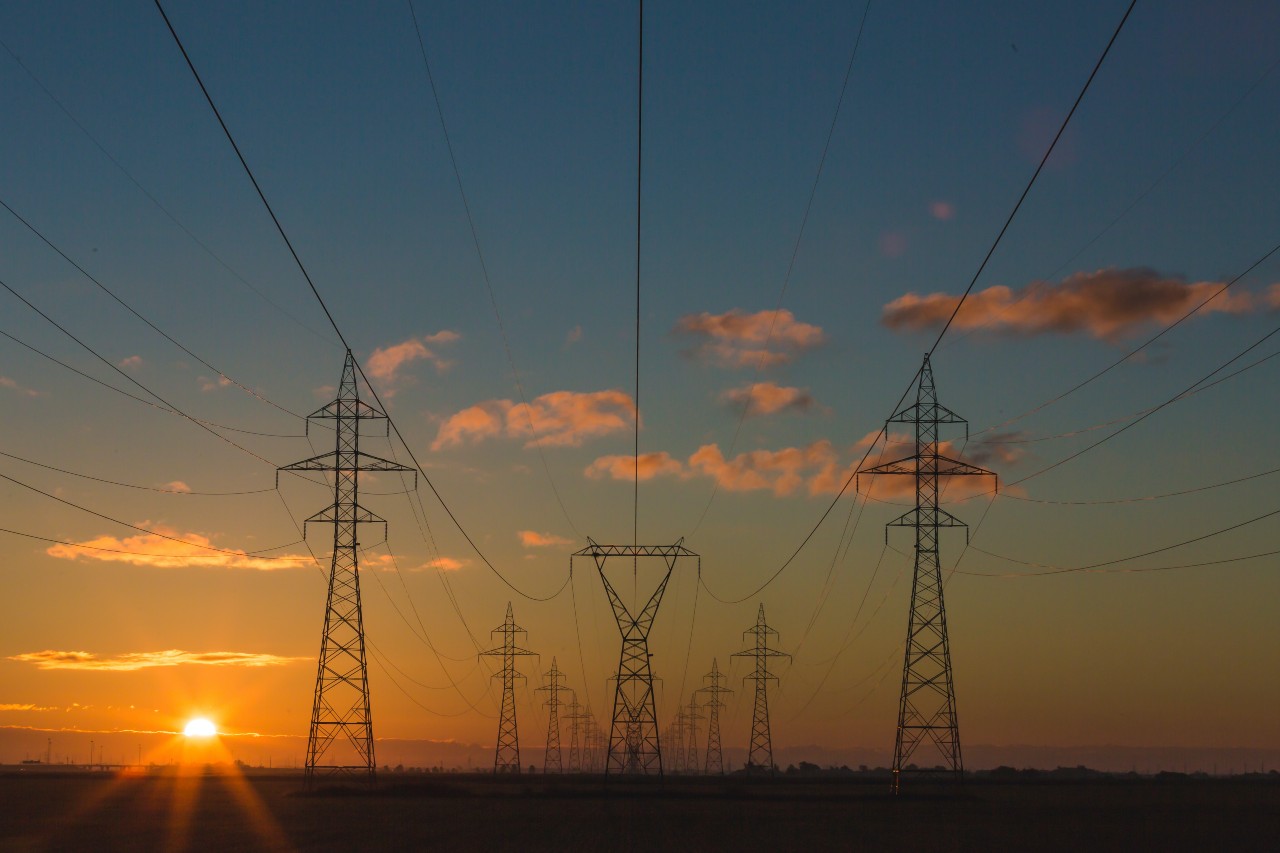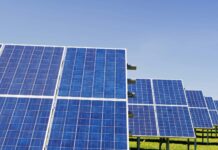The Energy Bill Relief Scheme (EBRS), announced in September 2022, offers essential support for non-domestic energy customers. Before the scheme came in, there were warnings that businesses faced a “cliff edge” for energy costs, with some potentially facing a five-fold increase at renewal time.
The scheme keeps energy costs low by creating a “government supported price” that is significantly lower than expected wholesale energy costs this winter. It definitely gives UK businesses some much-needed breathing space – but what will happen when the EBRS draws to a close in March 2023?
Government guidance on the scheme offers a hint:
“It is important that users who are less vulnerable to energy price increases (particularly larger businesses that are not energy-intensive) use the 6 months support provided by the scheme to identify measures they can take to protect themselves against high energy prices.”
Of course, the whole reason for the scheme was that so many businesses are vulnerable to changing prices. Data published in August 2022, before the launch of the scheme, suggested that over half (53%) of businesses expected to suffer in some way from rising costs. But the government seems to be differentiating between those who can “protect themselves” and those who can’t. So how can businesses ensure that they aren’t struggling again when March 2023 rolls round?
Energy efficiency measures: just get it done
It may be a cliché, but it’s true: the cheapest energy is the energy you don’t use. Businesses who want to cut energy costs should start by reducing unnecessary energy consumption. For businesses in energy-intensive sectors, this may be a tougher ask because some essential processes simply can’t be done in a way that consumes less energy. But the reality is that most businesses have not yet explored the full potential of the energy efficiency measures available to them.
If your business falls in scope of the Energy Savings Opportunity Scheme (ESOS), you will already be measuring and reporting on the energy use in different areas of your business. And you will have an expert audit that gives you recommendations on possible energy efficiency improvements. Although ESOS may feel like just another compliance headache at times, the recommendations in your audit are a valuable source of tailored advice that could save your business energy and money. And remember that from Phase 4 onwards it will be compulsory to explain why you are not acting on your ESOS recommendations. So it makes sense for businesses to examine these suggestions now and decide which to prioritise.
For businesses not in scope, there is still huge potential for action. The International Energy Agency estimates that over 40% of global electricity demand comes from just four key products: lighting, refrigerators, air conditioners and industrial motor systems. This is a good place to start. Lighting has long-been described as “low-hanging fruit” because they are up to 80% more efficient than fluorescent lighting (which itself is up to six times more efficient than incandescent bulbs). Switching to LEDs has been described as a “no-brainer” because they pay for themselves in about a year. Yet the government has had to bring in legislation to ban the sale of first halogen bulbs and then fluorescent bulbs, because we are making the switch too slowly for its net zero goals.
Behavioural change
Upgrading the physical assets of your business is vital, but just as important is how we actually use those systems. There is no point having the most efficient boiler for heating your premises if people are constantly leaving the door open so you’re heating the air outside.
Behavioural change is a vital tool for driving down your energy consumption. Take inspiration from how other countries have responded to their own energy crisis. Germany has brought in laws to, among other things, restrict the heating of public buildings and prevent shopkeepers from leaving their lights on overnight. Meanwhile, sunny Spain has set a limit on how cold air-conditioning can be in public places such as shops and restaurants. Could your business benefit from easy wins like this? Could staff training help with issues like leaving lights on overnight or having the heating up too high?
Alternative supply sources
Reducing energy consumption will save your business money now and in the future. But to truly protect your business from price volatility, you need an energy strategy that makes you less dependent on traditional supplier contracts and grid energy. For many businesses, the alternative comes in the form of a renewable corporate power purchase agreement (CPPA). This means agreeing to buy energy directly from a renewable generator, almost always at below market price. More importantly, the price is agreed in advance either for the duration of the whole contract or a fixed term within it, so there are no nasty shocks.
Some businesses may also invest in their own renewable generation assets. As with a renewable CPPA, this can help greatly towards your net zero goals as well as providing extra energy security.
One small warning: if your businesses is considering generating its own power in a way that relies on gas or electricity, such as hydropower using an electric pump, this may affect your eligibility for the EBRS.
Take action now
Reducing energy consumption and developing your own generation assets or signing a CPPA will make a big difference to how well your business copes when the EBRS comes to an end in the spring. But you will actually reap the rewards even sooner. The government subsidy is keeping prices for businesses artificially low, but this is the price per unit – not your overall costs. So even for the duration of the scheme, using more energy means paying for more energy. Taking action now to get in control of your energy costs will mean that you see savings straight away.












